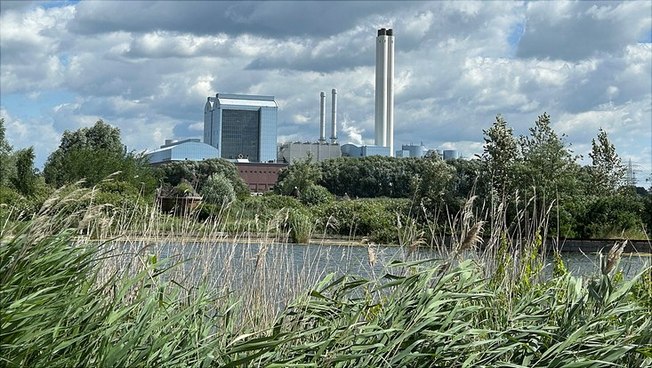Water Vapor in the Upper Atmosphere Produces Rising Temperatures
20 December 2019, by Lukas Kluft

Photo: sylmorg/pixabay
How will temperatures change if we human beings continue to emit greenhouse gases? That’s likely the most central question in climate research. In the scientific community we use computational models to find out what happens when the CO2 content in the atmosphere rises. These models have to be capable of depicting how the climate system works as accurately as possible, while we also have to estimate the future concentration of atmospheric greenhouse gases.
But models can’t reflect the reality down to the last detail; and accurately predicting future developments is even more difficult. As a result, the future projections produced by these models deliver, by their nature, a range of outcomes with a margin of error – referred to as uncertainty – and not a 100-percent accurate outcome. At Universität Hamburg’s Center for Earth System Research and Sustainability (CEN), my colleagues and I are working to further reduce these sources of uncertainty. To do so, we’ve gone all the way back to the 1960s and the very beginning of climate modeling.
Compared to its modern counterparts, one of the first climate models was very simply programmed: it mainly took into account the amount of solar radiation that the Earth was exposed to, and the amount of heat that the Earth reflected back into space. The amount of reflected heat that remains trapped by greenhouse gases in the atmosphere determines the extent to which the planet grows warmer. In addition, the model took into account how warm it was at various altitudes, and how much water vapor the air contained – after all, water vapor is also a potent greenhouse gas. Could it be partly responsible for the uncertainties in today’s climate projections? To find out, we reconstructed the historical climate model on a computer. Fortunately, how water vapor influences the greenhouse effect is an aspect that the simpler, older model can depict nearly as well as the latest, highly complex climate models.

But there’s another component, which the earlier models didn’t show, and which our findings have now impressively confirmed: the distribution of water vapor in altitudes of between five and ten kilometers is extremely important; the vertical distribution profile is pivotal for the climate.
The latest readings show that the upper atmosphere contains considerably more water vapor than was assumed in the 1960s, which impacts the greenhouse effect and, with it, how much temperatures rise. In turn, higher temperatures mean that more water from the oceans is evaporated, and makes its way to higher altitudes as vapor – a self-amplifying process. Our analyses indicate that the more water vapor there is in the upper atmosphere, the stronger this feedback effect becomes. With the aid of our model, we can now investigate which processes have the greatest influence on the climate and therefore absolutely have to be included in climate models.
This is currently going very smoothly for water vapor. At the same time, one of my colleagues is using the same model to assess the role of ozone. Our next major challenge will be clouds, since they are crucial to regulating the climate. A new satellite mission launched by the European Space Agency (ESA) will supply us with further important data, which will show exactly how water vapor intensifies the anthropogenic greenhouse effect. This will allow us researchers to more reliably assess climate change, which will facilitate informed political decision-making.
Lukas Kluft
Lukas Kluft is a meteorologist at CEN and is currently writing his doctoral dissertation for the International Max Planck Research School on Earth System Modelling.
Newspaper: This article was first published as a guest article in the Hamburger Abendblatt as part of a monthly series on climate research. Find all articles of the series here.


